Maintaining an abundant organic garden includes nurturing the soil and plants with natural fertilizers that…
Osiris ManceraJuly 9, 2024
July is here, along with intense heat and relentless sun, posing a fresh weather challenge…
Osiris ManceraJuly 2, 2024
Over the past 35+ years, it's the generosity of our community that ensures DUG's growth…
Osiris ManceraJune 28, 2024
Gardening can be a rewarding activity for the whole family, but getting kids involved, especially…
Osiris ManceraJune 11, 2024
Our Tito's Block to Block Party was an immense success! Several organizations and individual volunteers…
Osiris ManceraJune 10, 2024
In 2024, DUG decided to include species identification signs across all food forests to promote…
Osiris ManceraJune 10, 2024
Written by Mitch Montoya Where is queerness found in nature? It’s an unexpected question when…
Osiris ManceraJune 6, 2024
Meet the newest member of the DUG team, Vanessa Carillo Villalobos! A little bit about…
Osiris ManceraMay 29, 2024



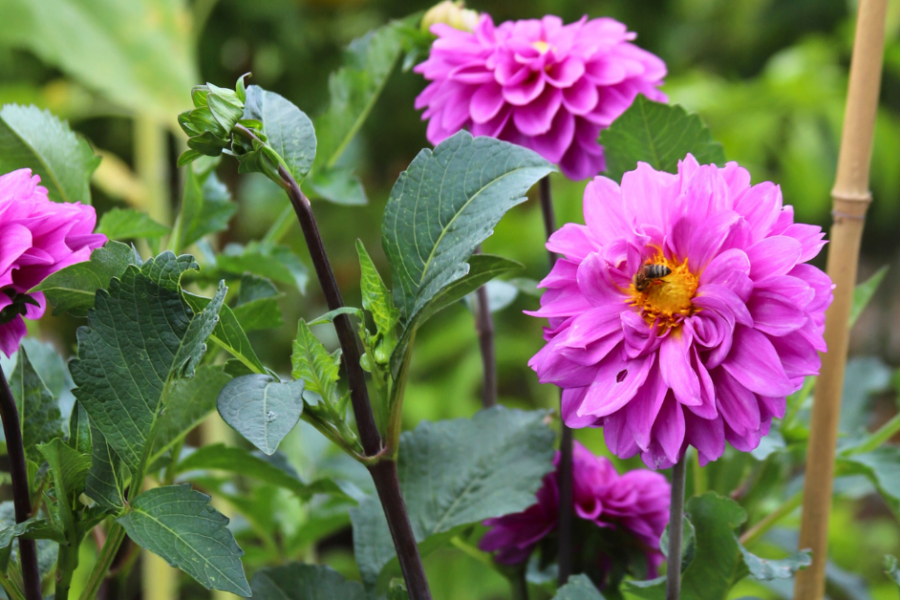
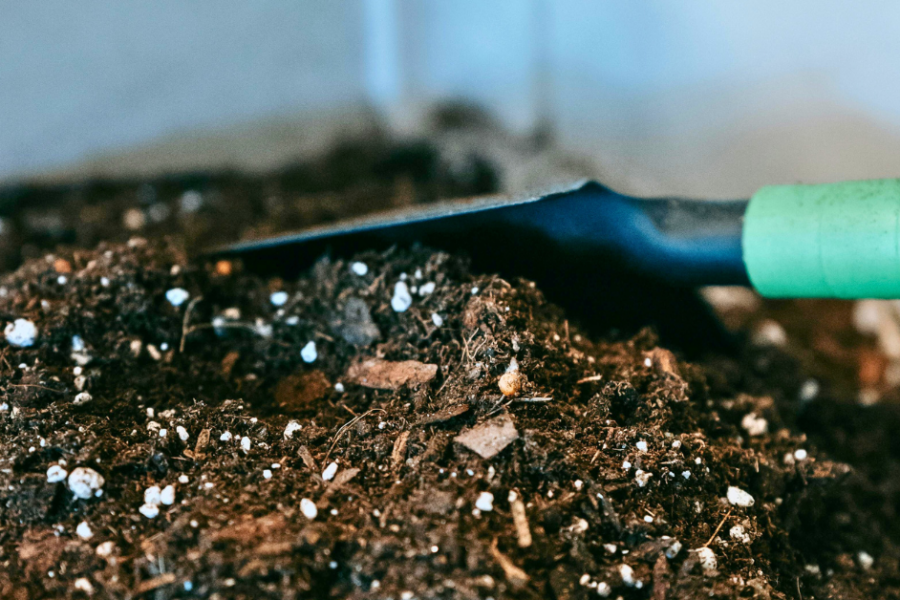
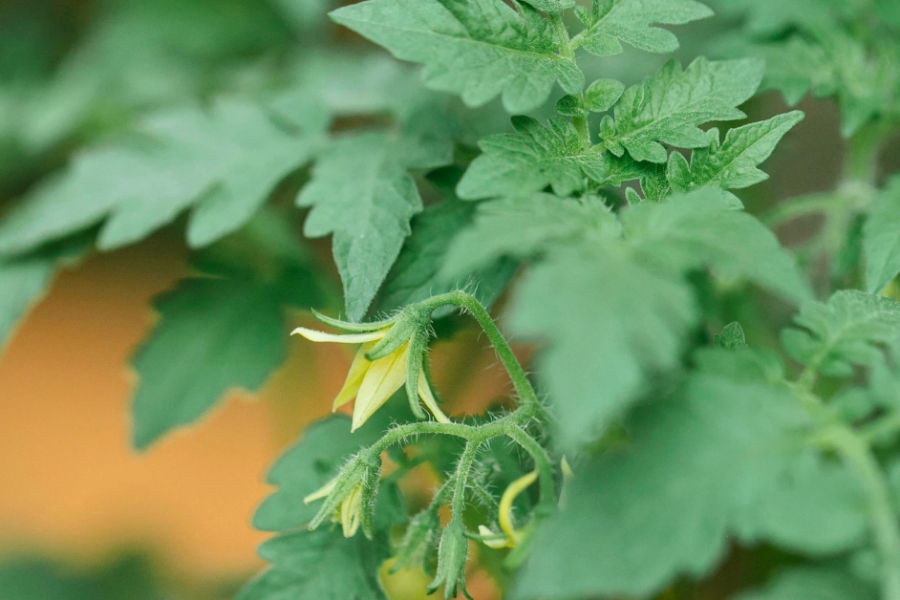
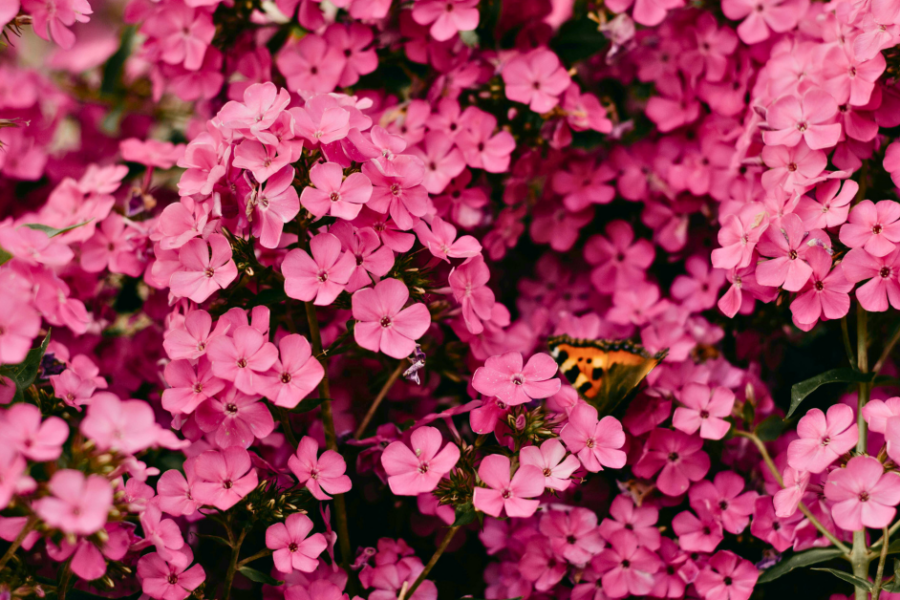

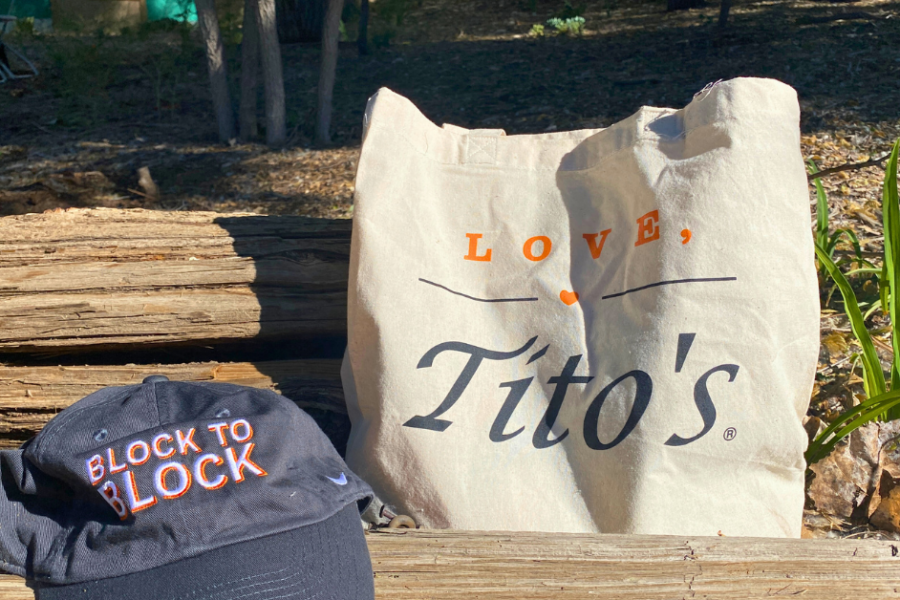
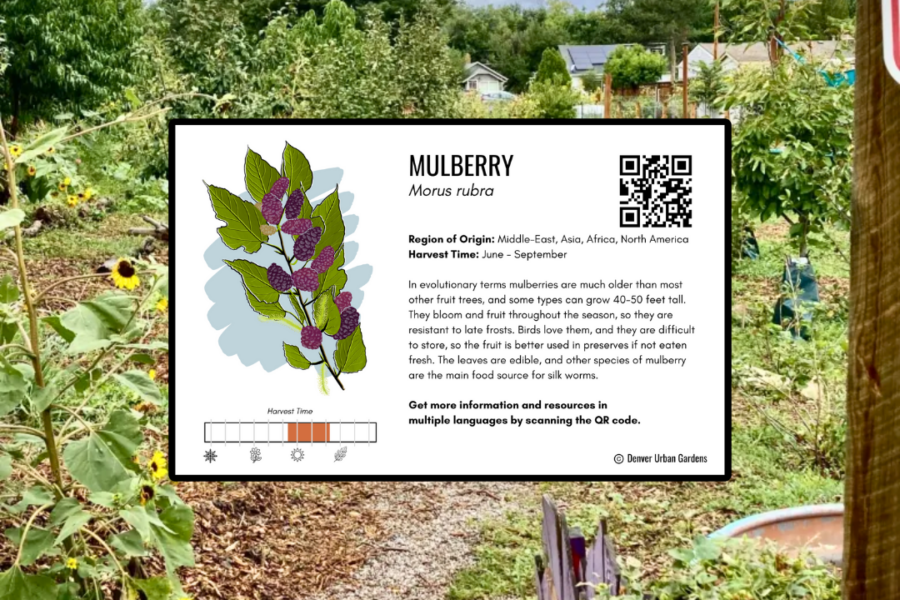




Recent Comments